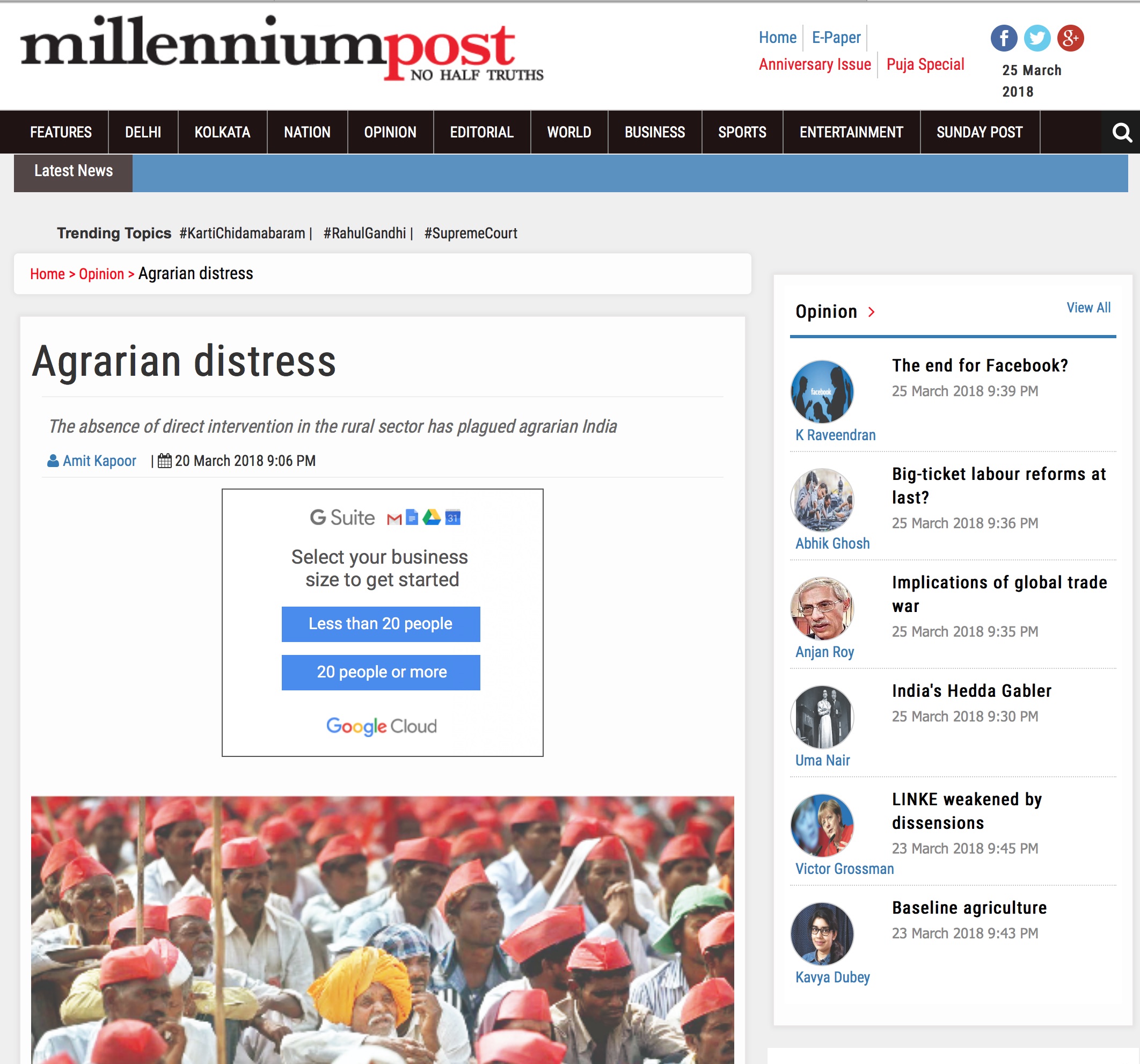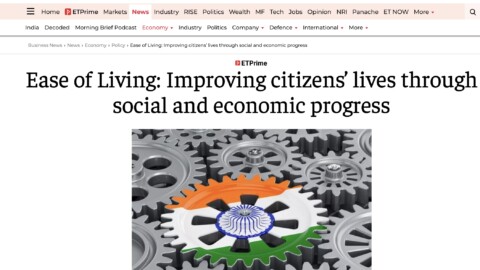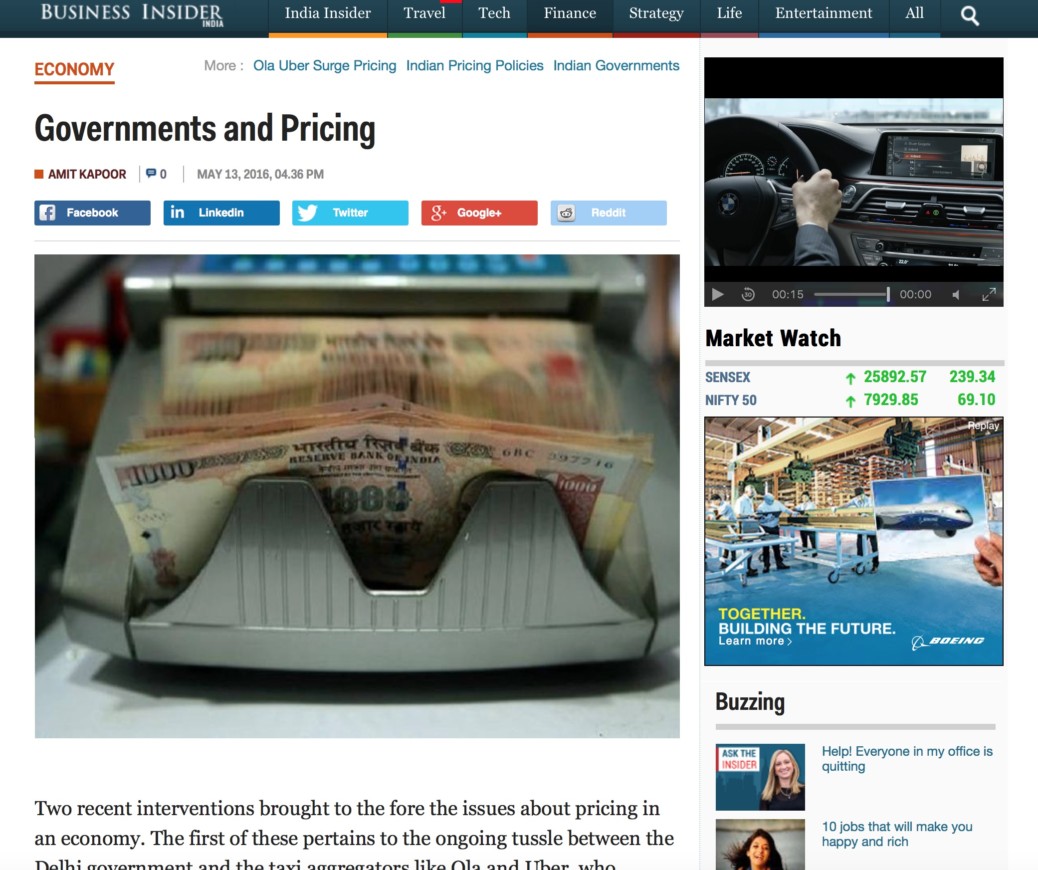By Amit Kapoor and Sheen Zutshi
Historically, India’s luxury landscape has evolved from the opulence of maharajas to a thriving modern market, blending historical grandeur with contemporary indulgence and cultural heritage to cultural institutions. This transformation is evident in the hospitality sector, where palace hotels like Udaivilas offer guests royal experiences with modern amenities. However, the landscape of opportunities for India within the luxury market can be further understood through recently released reports showcasing the significant growth potential driven by rising incomes and an expanding consumer base.
According to the McKinsey report on “The State of Tourism and Hospitality 2024,” the global demand for luxury tourism and hospitality is expected to grow faster than any other industry segment. As per the report, India ranks as the world’s sixth-largest domestic travel market based on spending, representing a significant travel industry sector. Expanding country’s middle class is a key factor contributing to the growth in domestic travel expenditure. Moreover, as per Simon-Kucher’s latest blog, India, is expected to contribute $8 billion to the APAC luxury market in 2024, solidifying its position as the third-largest luxury market in the region. Though India remains a smaller market than China and Japan, its 33% growth rate in 2022-23 makes it the fastest-growing luxury market in Asia and second-fastest globally. Moreover, India’s luxury goods market is set to generate $17.67 billion in 2024 and is expected to grow annually by 3.17% with a CAGR from 2024-29, as per data on Statista.
Over the years, this rising interest in the luxury market has been propelled by multiple factors, including the growing number of High-Net-Worth Individuals (HNWIs) & Ultra High Net Worth Individuals (UHNWIs), the rise of the middle class, the introduction of entry-level luxury products by global brands, and the increasing demand from Tier 2 and 3 cities. Additionally, the accessibility of luxury goods has been amplified by the expansion of quick commerce platforms such as blinkit offering iPhone and PS5 to the country’s urban hubs. Another key driver behind this luxury consumption surge is the rapid growth in credit card spending, which increased 27% year-on-year to reach ₹18.26 trillion in FY 2023-24. The spike in March 2024—with credit card spending rising 10.07% due to festival sales—highlights how increased spending power fuels the desire for luxury goods.
Rising Incomes and Young Consumers: Driving the Surge of India’s Luxury Market
India’s luxury market has been experiencing significant growth, fueled by a rising affluent class, shifting consumer preferences, and evolving economic dynamics. According to the income tax database, the increase in individual taxpayers with higher incomes is a positive trend that supports this expansion. In 2023-24, 94.6% of tax returns were filed by individuals, and those earning over ₹15 lakh saw a strong 20.09% CAGR between 2015-16 and 2023-24.
Moreover, the number of individuals reporting annual incomes above ₹1 crore grew by 18.1% CAGR, from 59,830 to 2,27,315 over the same period. This upward trend in high-income earners directly correlates with the potential for increased luxury consumption as more individuals with higher disposable incomes enter the market. The growing affluence of the Indian population, especially the surge in those with significant financial means, creates a strong foundation for the luxury sector to flourish. With rising, upper middle-class demand for high-end products, experiences, and services will likely increase, positioning India as a critical player in the global luxury market.
NMACC: Heralding India’s Shift from Luxury Consumer to Luxury Experience Creator
Earlier, experiencing world-class performances or exhibitions meant travelling abroad for Indians. However, the launch of the cultural institution Nita Mukesh Ambani Cultural Centre (NMACC) last year signals a new era of evolving consumers in India owning global luxury and creating and exporting world-class experiences with its rich culture and heritage. Now, Indian consumers can access these experiences in their own country.
In its first year alone, NMACC welcomed over one million visitors and hosted over 700 shows featuring over 670 artists. This level of engagement demonstrates the immense appetite for high-quality cultural experiences among India’s growing middle and upper classes. From hosting India’s largest theatrical production, “The Great Indian Musical: Civilization to Nation,” to bringing Broadway and West End productions to India for the first time, NMACC is creating a new standard for luxury experiences in the country. It also held its exhibition, ‘India in Fashion’, which showcased India’s textiles, craftsmanship, and design’s profound influence on global fashion from the 18th century. It presented India-inspired creations from legendary fashion houses like Christian Dior, Gabrielle Chanel, and Alexander McQueen, alongside works by leading Indian designers such as Sabyasachi Mukherjee and Rahul Mishra. This “democratization” of luxury experiences allows a broader population segment to engage with high culture and luxury.
For the Indian consumer, this transformation means a richer, more diverse luxury landscape right at home. It’s a reimagining of traditional crafts and art forms, presented with a level of sophistication that can potentially be at the centre of attraction for the globe. For consumers and brands in the international market, this signals an opportunity to engage with India’s cultural heritage in new luxurious tourism contexts.
The upcoming IPO of The Leela Palaces, Hotels and Resorts also underscores the growth potential in India’s luxury hospitality market, joining established players like Taj, Oberoi, and ITC in catering to a growing consumer base with increased disposable income. Moreover, there has been a renewed interest in Ayurveda and wellness tourism, adding a unique dimension to India’s luxury offerings. High-end resorts increasingly incorporate traditional Ayurvedic treatments, yoga, and meditation, creating a distinct blend of indulgence and holistic well-being. This represents a new era where luxury market extends beyond material opulence, including experiences, wellness, and cultural immersion.
The article was published with Business World on November 2, 2024.























